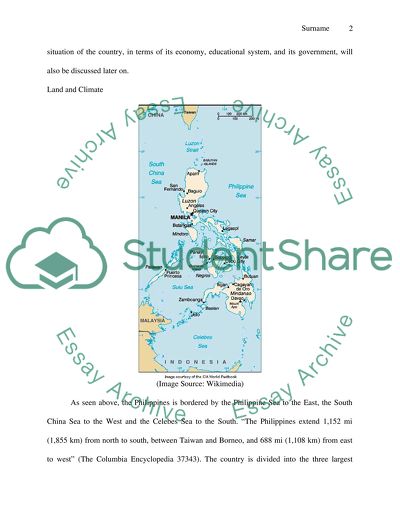Cite this document
(“Intercultural Communication: The Philippines Essay”, n.d.)
Retrieved from https://studentshare.org/miscellaneous/1543728-intercultural-communication-the-philippines
Retrieved from https://studentshare.org/miscellaneous/1543728-intercultural-communication-the-philippines
(Intercultural Communication: The Philippines Essay)
https://studentshare.org/miscellaneous/1543728-intercultural-communication-the-philippines.
https://studentshare.org/miscellaneous/1543728-intercultural-communication-the-philippines.
“Intercultural Communication: The Philippines Essay”, n.d. https://studentshare.org/miscellaneous/1543728-intercultural-communication-the-philippines.


